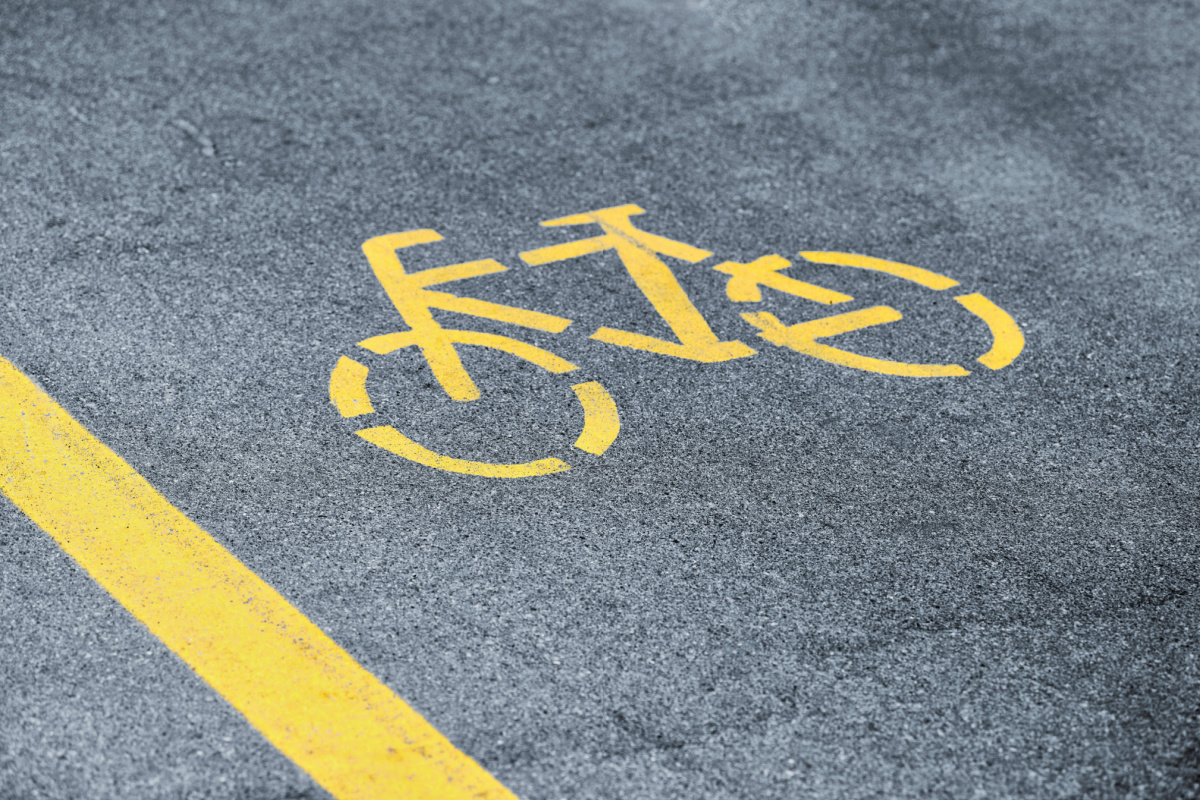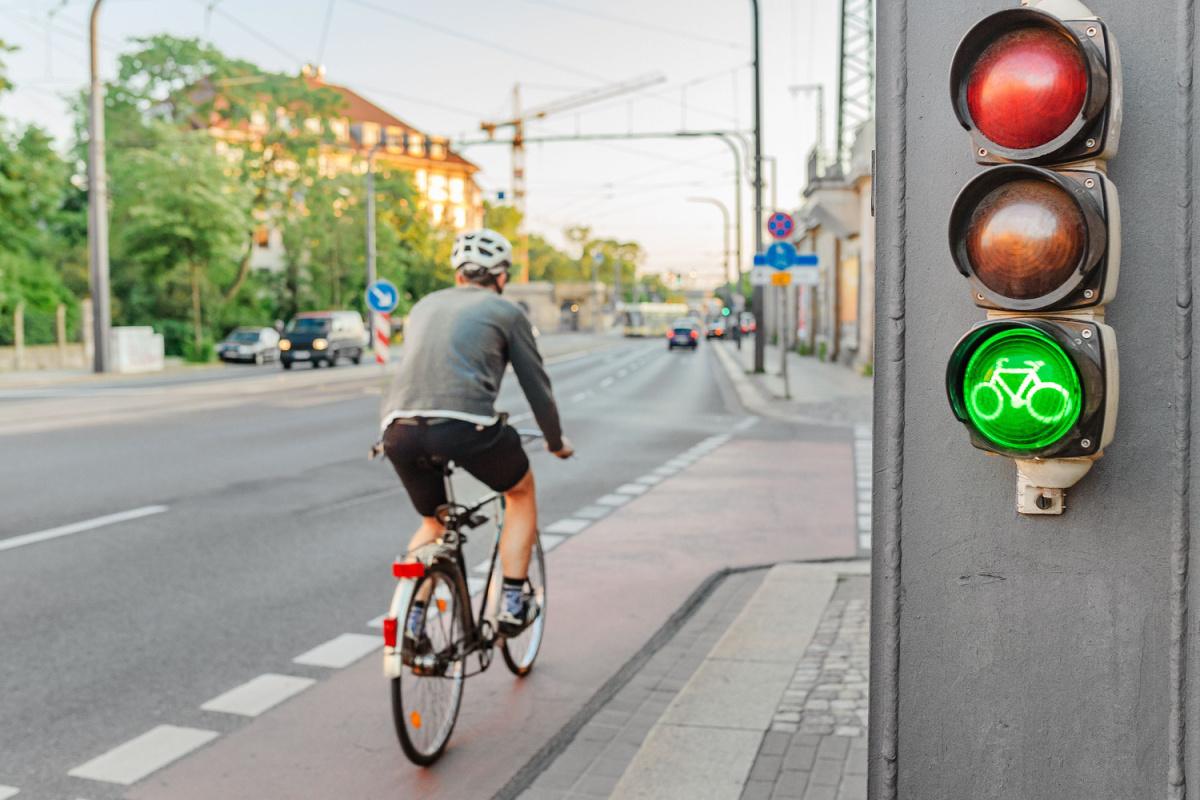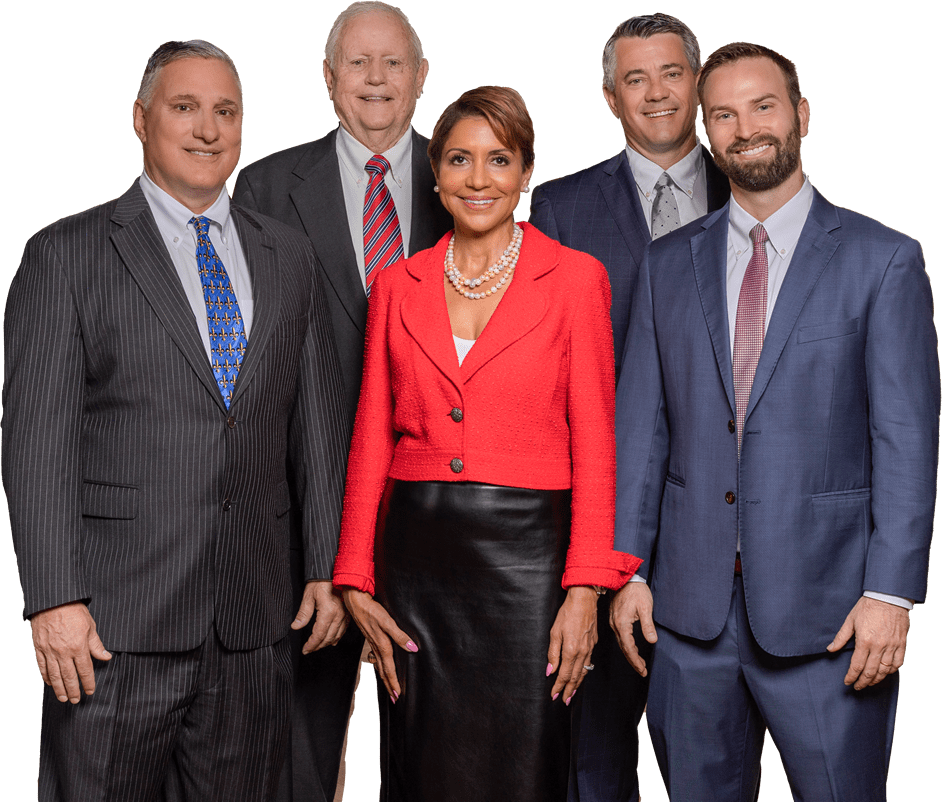
Partner at Charbonnet Law Firm LLC
Practice Areas: Personal Injury Claims

In April 2023, on LA 541 near Robinson Avenue in Marrero, Pedro Manzueta, a 32-year-old from Belle Chasse, was cycling on the right side of the eastbound lane on LA 541 when a tractor-trailer driver attempted to overtake him around a curve. The trailer’s right side struck Manzueta, causing him to fall. Although he was wearing a helmet, his injuries proved lethal, and he was declared dead at the scene.
Exploring New Orleans by bicycle is increasingly popular with locals and visitors alike. However, navigating the streets on two wheels comes with risks, particularly when sharing the road with motor vehicles. By following best practices and understanding the importance of personal injury law, cyclists can better protect themselves and advocate for their rights in case of an accident.
Becoming familiar with basic bicycle laws is crucial for ensuring a safe cycling experience. First and foremost, cyclists should always ride in the same direction as traffic and obey traffic signals and signs, just like any other vehicle on the road. Use designated bike lanes when available, and if not, stay as far to the right as possible. Cyclists should show their intentions when turning or changing lanes to maintain clear communication with drivers. Proper lights and reflectors ensure visibility, especially during nighttime or low-light conditions. Lastly, cyclists should always wear a helmet to minimize the risk of head injuries in case of an accident. By understanding and adhering to these fundamental bicycle laws, cyclists can contribute to a safer cycling environment for everyone on the road.
Essential safety gear is a vital aspect of responsible cycling. First of all, a well-fitted helmet, designed to absorb impact and protect the head in case of a fall or collision. Wearing brightly colored, reflective clothing and accessories improves visibility to drivers, particularly during dawn, dusk, or poor weather conditions. Front and rear lights as well as reflectors on the wheel further enhance visibility. A bell or horn alerts pedestrians and other road users of a cyclist’s presence. Gloves and padded shorts add comfort and protection during a ride.
Effectively sharing the road with motorists and pedestrians is crucial for a harmonious and safe cycling experience. Maintaining a safe distance from parked cars helps avoid getting hit by opening doors. Cyclists should be courteous and yield to pedestrians, particularly at crosswalks and intersections, and eye contact with drivers confirm they see cyclists before proceeding at intersections or when making turns. Cyclists should use hand signals to communicate their intentions and avoid sudden, unpredictable movements, and stay vigilant and anticipate potential hazards, such as vehicles merging or turning.
Identifying and avoiding common road hazards is essential for a safe cycling experience. Potholes, debris, and uneven pavement can lead to accidents or damage bikes. Cyclists should stay alert and scan the road ahead to spot and safely maneuver around these obstacles. When cycling, it is important to be cautious of slippery surfaces, especially in wet or icy conditions, and adjust speed accordingly. One should also be mindful of vehicles making turns or merging when approaching intersections, as these are common collision points. Additionally, cyclists should watch out for pedestrians or animals unexpectedly entering their path.
Defensive cycling involves a proactive approach to reducing accident risks by anticipating potential dangers and adjusting actions accordingly. Cyclists can stay visible by wearing bright, reflective clothing and using appropriate lights and reflectors. It’s also important to maintain a buffer zone between cyclists and parked cars or other obstacles to avoid sudden hazards. Cyclists should continuously scan their surroundings and anticipate the actions of drivers, pedestrians, and other cyclists. It’s crucial to be prepared to react quickly by keeping both hands on the handlebars and fingers on the brakes. Developing a solid understanding of traffic patterns and prioritizing predictability in movements is also essential.
In the unfortunate event of a bicycle accident, taking immediate steps can help ensure the safety of the cyclist and protect their rights. It’s crucial to prioritize well-being and seek medical attention, even if injuries appear minor, as symptoms can manifest later. If possible, cyclists should move to a safe area away from traffic. It’s important to contact the police to file an accident report and obtain contact information from any witnesses. Documenting the scene by taking photos of injuries, the bicycle, the involved vehicles, and any relevant road conditions is also necessary. Cyclists should exchange information with the involved parties, but avoid discussing fault. By acting promptly and carefully after an accident, cyclists can better safeguard their interests and support any future legal actions.
Gathering evidence following a bicycle accident is crucial for building a strong personal injury case. Comprehensive documentation helps establish the facts, determine liability, and support the cyclist’s claim for compensation. Photographs of the accident scene, including the vehicles, road conditions, and any visible injuries, can serve as valuable visual evidence. It’s important to collect contact information from witnesses, as their testimonies can corroborate the account of the incident. Cyclists should secure a copy of the police report, which provides an official summary of the accident. Additionally, retaining records of any medical treatment received can help substantiate injury claims.

Navigating insurance claims after a bicycle accident can be complex and challenging. Accident victims can expect to communicate with insurance adjusters, who may attempt to minimize their claim or deny liability. To protect their rights, it’s crucial to avoid making recorded statements or admitting fault. Instead, cyclists should provide factual information and share the evidence they’ve gathered. It’s important to be cautious when discussing injuries, as adjusters may use statements against the cyclists. Consulting with a personal injury attorney can guide them through the process, negotiate on their behalf, and ensure fair compensation. By understanding the insurance claim process and safeguarding their rights, cyclists can navigate this difficult period more effectively.
If you have been injured in a bicycle accident, our team can help you get the compensation you deserve. Contact us or call (504) 294-5118 today for a free consultation.

With over 50 years of legal experience serving families in the New Orleans area and surrounding Louisiana communities, our firm takes pride in providing clients with personalized legal services tailored to individual needs.